In today’s digital landscape, artificial intelligence has revolutionized creative industries, but it’s also sparked serious concerns about unauthorized use of artists’ work. AI disturbance overlay has emerged as a protective technology that helps creators safeguard their artwork from being scraped and used to train AI models without permission. This innovative solution applies nearly invisible modifications to images that confuse AI systems while remaining imperceptible to human viewers, offering artists a new way to maintain control over their intellectual property.
As AI image generators like Stable Diffusion, MidJourney, and DALL-E continue to advance, the need for protective measures has never been more critical. Understanding how AI disturbance overlay works and its practical applications can help artists make informed decisions about protecting their creative work in an increasingly AI-driven world.
What is AI Disturbance Overlay?
AI disturbance overlay is a protective technology that adds subtle, strategically placed noise patterns to digital artwork to prevent AI models from accurately learning and replicating artistic styles. Unlike traditional watermarks that are visible to viewers, these overlays work at a pixel level, introducing microscopic changes that are virtually invisible to human eyes but create significant disruption for machine learning algorithms.
The technology operates on the principle of adversarial examples – carefully calculated modifications that exploit the differences between human perception and AI interpretation. When an AI model attempts to analyze or learn from a protected image, the disturbance overlay causes the system to misinterpret key visual elements, effectively corrupting the training process.
Key Features of AI Disturbance Technology
-
Invisible Protection: Modifications are imperceptible to human viewers
-
AI Disruption: Interferes with machine learning algorithms
-
Style Preservation: Maintains the original artwork’s visual appeal
-
Resistance: Withstands screenshots and basic image processing attacks
How Does AI Disturbance Overlay Work?
The science behind AI disturbance overlay lies in understanding how neural networks process visual information differently from human brains. While humans focus on overall composition, color harmony, and artistic elements, AI systems analyze pixel patterns, gradients, and statistical correlations to learn artistic styles.
The Technical Process
Step 1: Analysis
The system analyzes the original artwork to identify key visual elements that AI models typically focus on during training.
Step 2: Noise Generation
Specialized algorithms generate targeted noise patterns designed to interfere with specific aspects of AI perception without affecting human visual experience.
Step 3: Strategic Placement
The disturbance overlay is applied to critical areas where AI models typically extract style information, such as:
-
Edge definitions and line work
-
Color transitions and gradients
-
Texture patterns and brush strokes
-
Compositional elements
Step 4: Optimization
The overlay intensity is calibrated to maximize AI disruption while minimizing visual impact on human viewers.
Types of AI Disturbance Methods
-
Adversarial Noise: Random pixel modifications that create statistical inconsistencies
-
Pattern Disruption: Swirls and irregular shapes that confuse pattern recognition
-
Gradient Interference: Subtle color shifts that affect AI color learning
-
Texture Masking: Overlays that hide original texture information from AI analysis
Benefits of Using AI Disturbance Overlay
Protection Against Unauthorized Training
The primary benefit of AI disturbance overlay is protecting artwork from being used to train AI models without permission. With over 1000+ artists reportedly using this technology, it has become a significant tool in the fight against unauthorized AI training.
Maintaining Artistic Integrity
Artists can share their work online without fear of having their unique style replicated by AI systems. This protection is particularly valuable for:
-
Professional illustrators and concept artists
-
Independent creators building personal brands
-
Commercial artists protecting proprietary styles
-
Traditional artists transitioning to digital platforms
Economic Protection
By preventing AI systems from learning and replicating their styles, artists can maintain the economic value of their unique artistic approach. This protection is crucial in industries where style differentiation drives commercial success.
Creative Freedom
Artists can continue sharing their work on social media and portfolio platforms without compromising their intellectual property, maintaining the open, collaborative nature of creative communities.
Available AI Disturbance Overlay Tools and Platforms
Dedicated Online Services
AI Disturbance Online
The primary platform at aidisturbance.online offers subscription-based protection starting from $1 per artwork. Features include:
-
Batch processing capabilities
-
Adjustable intensity settings
-
Multiple output formats
-
Customer support for artists
Integrated Art Software Solutions
ibisPaint Integration
ibisPaint has incorporated AI disturbance functionality directly into their mobile art application, allowing artists to apply protection during the creation process rather than as a post-processing step.
CLIP Studio Paint Assets
CLIP Studio Paint users can access AI disturbance overlays through the platform’s asset store, providing seamless integration with existing workflows.
Third-Party Tools
Several independent developers have created AI disturbance tools with varying features and effectiveness levels. When choosing a tool, artists should consider:
-
Processing quality and speed
-
Customization options
-
File format support
-
Batch processing capabilities
-
Cost and subscription models
Real-World Applications and Use Cases
Digital Art Communities
Many artists on platforms like DeviantArt, ArtStation, and Instagram have begun using AI disturbance overlay to protect their portfolio work. The technology has become particularly popular among:
-
Concept artists protecting proprietary character and environment designs
-
Illustration professionals maintaining style exclusivity for commercial projects
-
Fan artists preventing unauthorized commercialization of their interpretative work
-
Educational content creators protecting tutorial materials and process documentation
Commercial Art Protection
Professional studios and freelance artists use AI disturbance overlay to protect:
-
Client work before final delivery
-
Work-in-progress sharing for feedback
-
Portfolio pieces showcasing capabilities
-
Style guides and brand materials
Academic and Research Applications
Art educators and researchers employ AI disturbance technology to:
-
Protect student work from unauthorized use
-
Maintain research integrity in digital art studies
-
Preserve cultural artifacts in digital archives
-
Control dataset composition in AI research
Effectiveness and Limitations
Current Effectiveness
While AI disturbance overlay provides meaningful protection, its effectiveness varies depending on several factors:
Against Lower-Level AI Systems: The technology shows strong effectiveness against basic AI training processes and automated scraping tools.
Against Advanced AI Models: Some critics argue that sophisticated AI systems can potentially work around these protections, especially as AI technology continues to advance.
Variable Success Rates: Effectiveness depends on:
-
Overlay intensity and quality
-
Target AI model sophistication
-
Image processing techniques used by scrapers
-
Specific artistic style being protected
Technical Limitations
Processing Overhead: Adding disturbance overlays requires additional computational resources and processing time.
File Size Impact: Protected images may have slightly larger file sizes due to added complexity.
Compatibility Issues: Some platforms or applications may not handle protected images optimally.
Evolution Challenge: As AI models become more sophisticated, disturbance techniques must continuously evolve to maintain effectiveness.
Practical Considerations
Artists should understand that AI disturbance overlay is part of a broader protection strategy rather than a complete solution. Effective art protection often combines:
-
Technical measures like disturbance overlays
-
Legal protections through copyright registration
-
Platform policies that respect artist rights
-
Community awareness about ethical AI use
Best Practices for Using AI Disturbance Overlay
Optimal Application Settings
Intensity Levels: Most experts recommend keeping overlay opacity between 10-15% to maintain visual quality while providing adequate protection.
Coverage Areas: Focus protection on:
-
Distinctive style elements
-
Signature techniques
-
Unique color palettes
-
Character or subject matter that defines your artistic identity
Integration with Workflow
During Creation: Apply protection as part of the final export process rather than working with protected files during creation.
Batch Processing: Use batch processing for portfolio updates and social media posting to maintain consistency.
Version Control: Maintain clean, unprotected master files for personal use and client delivery.
Platform Considerations
Social Media: Different platforms may compress or process images differently, potentially affecting overlay effectiveness.
Print Preparation: Remove overlays from files intended for physical printing to ensure optimal print quality.
Client Delivery: Clearly communicate protection measures to clients and provide clean files when contractually required.
The Future of AI Disturbance Technology
Technological Advancement
As AI models become more sophisticated, AI disturbance overlay technology continues to evolve. Future developments may include:
Dynamic Protection: Real-time adaptation to different AI model architectures and training methods.
Blockchain Integration: Combining disturbance overlays with blockchain-based ownership verification.
Cross-Platform Standardization: Industry-wide adoption of standardized protection protocols.
Enhanced Invisibility: Improved algorithms that provide stronger protection with even less visual impact.
Industry Impact
The widespread adoption of AI disturbance overlay technology is likely to influence:
AI Development Ethics: Encouraging more responsible AI training practices and dataset curation.
Legal Frameworks: Supporting the development of clearer intellectual property protections for digital artists.
Platform Policies: Influencing how social media and portfolio platforms handle artist protection features.
Educational Integration: Becoming standard practice in digital art education and professional development programs.
Making an Informed Decision
When to Use AI Disturbance Overlay
Consider implementing AI disturbance overlay protection when:
-
Sharing work publicly on social media or portfolio platforms
-
Developing distinctive artistic styles that represent significant personal or commercial value
-
Working in industries where style replication poses economic threats
-
Building a professional brand based on unique visual approaches
When Alternative Approaches May Be Better
AI disturbance overlay may not be necessary when:
-
Working with established clients who respect intellectual property rights
-
Creating work intended for AI training or collaborative AI projects
-
Focusing on technique sharing rather than style protection
-
Working in styles that are already widely represented in AI training data
Conclusion
AI disturbance overlay represents a significant advancement in digital artist protection, offering creators a practical tool to safeguard their work from unauthorized AI training while maintaining the open, collaborative nature of creative communities. While the technology isn’t a perfect solution to all AI-related concerns, it provides valuable protection for artists who want to share their work publicly without compromising their intellectual property.
As the relationship between human creativity and artificial intelligence continues to evolve, AI disturbance overlay serves as an important bridge technology, allowing artists to maintain control over their creative assets while the industry develops more comprehensive ethical frameworks for AI development. For artists concerned about protecting their unique style and maintaining the economic value of their creative work, implementing AI disturbance overlay as part of a broader protection strategy can provide meaningful peace of mind.
The key to successful implementation lies in understanding both the capabilities and limitations of this technology, choosing appropriate tools and settings, and integrating protection measures seamlessly into existing creative workflows. As AI disturbance overlay technology continues to advance, artists can expect even more effective and user-friendly solutions to emerge, further empowering creators in the digital age.
FAQ
Q1: Does AI disturbance overlay affect image quality for human viewers?
A: When properly applied at recommended intensity levels (10-15% opacity), AI disturbance overlay is virtually imperceptible to human eyes and doesn’t significantly impact visual quality.
Q2: Can AI disturbance overlay be removed from protected images?
A: While basic image processing might reduce overlay effectiveness, properly implemented disturbance patterns are designed to resist common removal techniques like screenshots and compression.
Q3: Is AI disturbance overlay 100% effective against all AI systems?
A: No protection method is 100% effective against all AI systems. Effectiveness varies depending on overlay quality, AI model sophistication, and specific implementation methods.
Q4: How much does AI disturbance overlay protection cost?
A: Costs vary by provider and usage volume. Basic services start around $1 per protected artwork, with subscription models available for high-volume users.
Q5: Can I apply AI disturbance overlay to existing artwork?
A: Yes, AI disturbance overlay can be applied to existing digital artwork as a post-processing step, though it’s most effective when integrated into the creation workflow.
Q6: Will AI disturbance overlay work on all types of digital art?
A: The effectiveness varies depending on art style, complexity, and medium. The technology generally works best with detailed artwork that has distinctive stylistic elements.

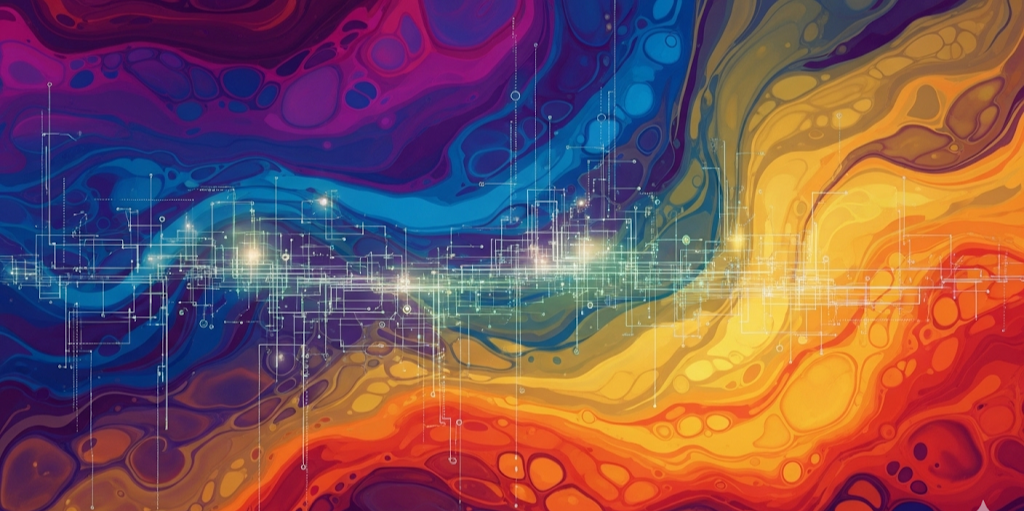
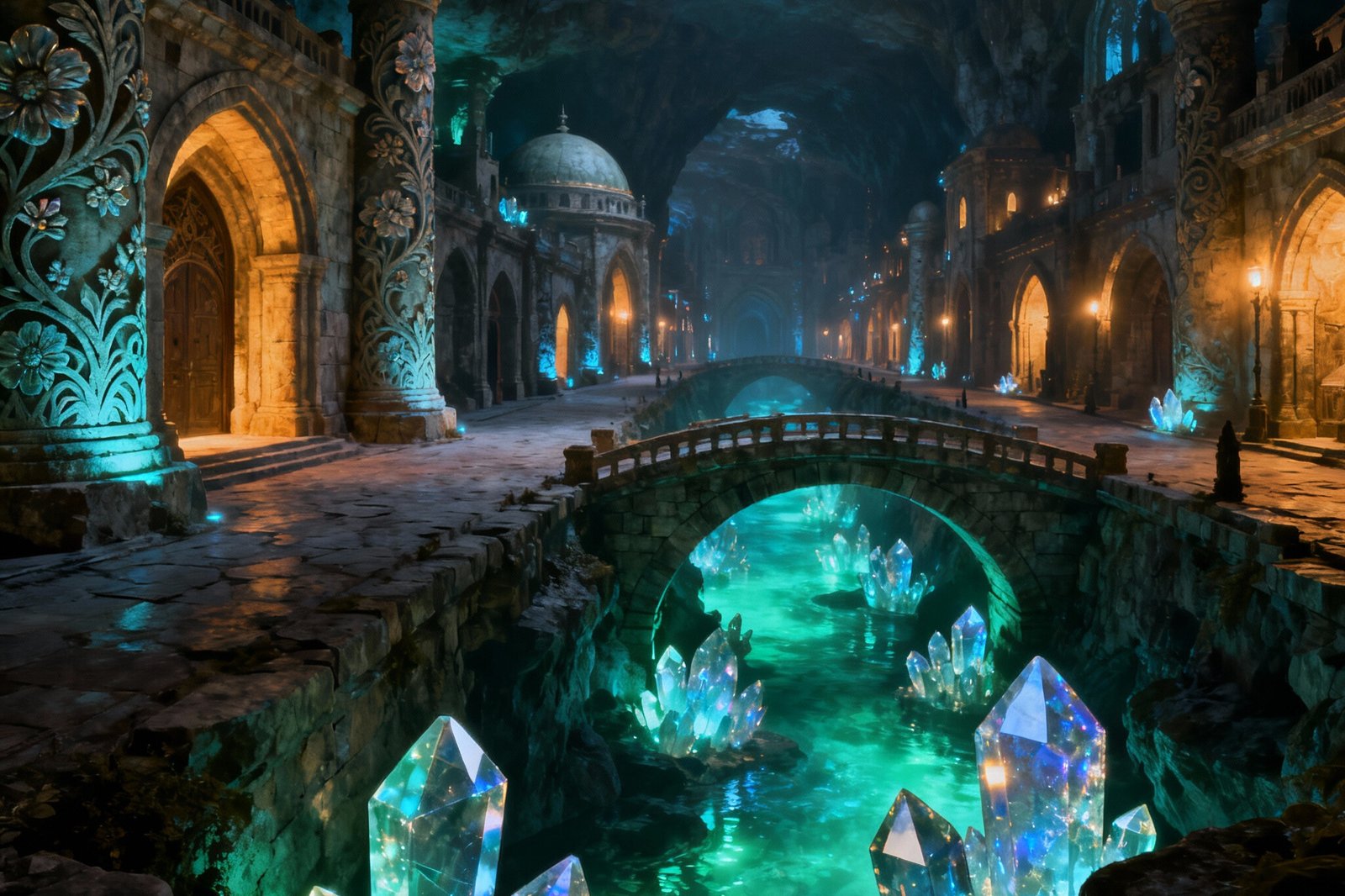
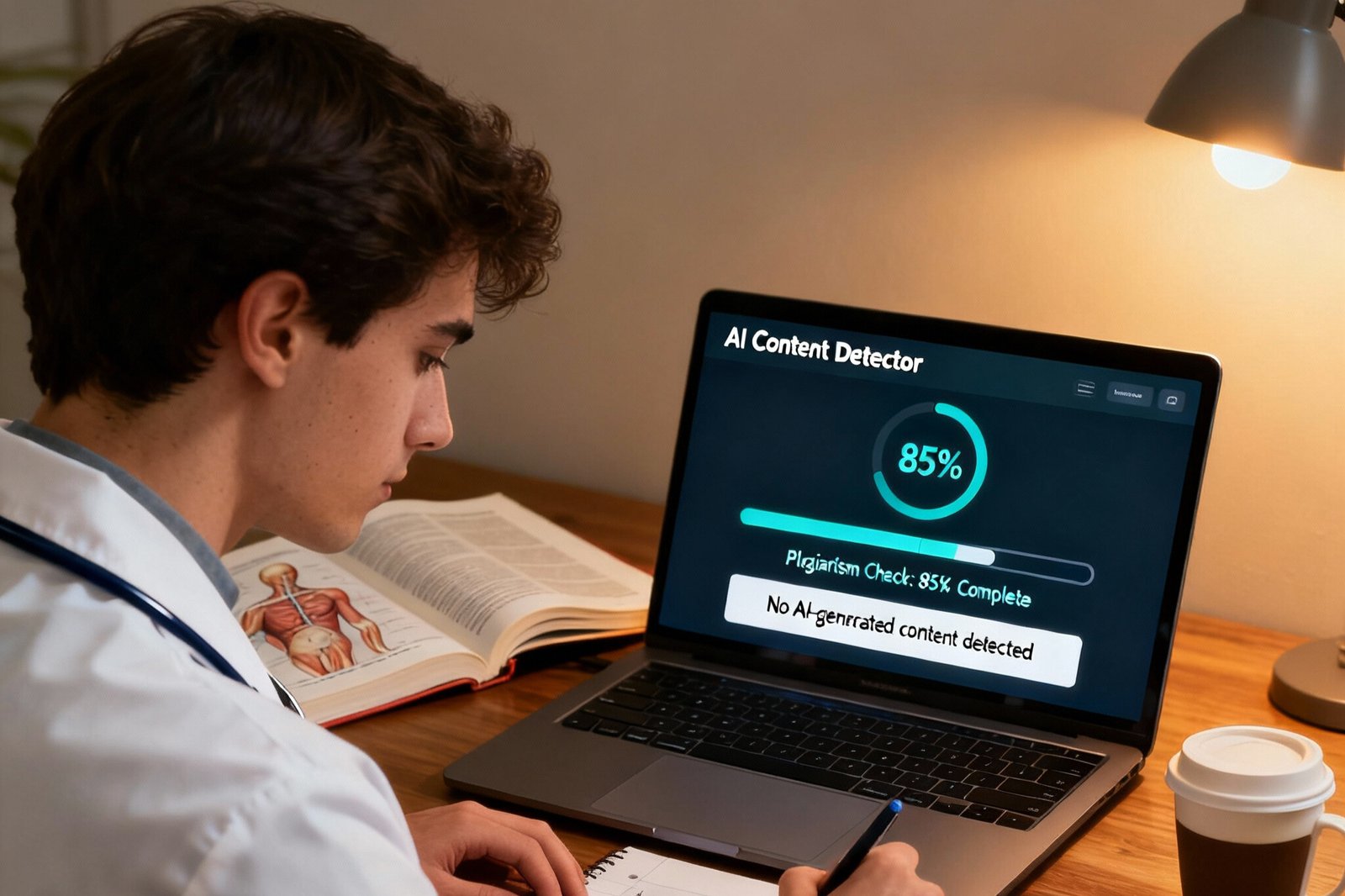
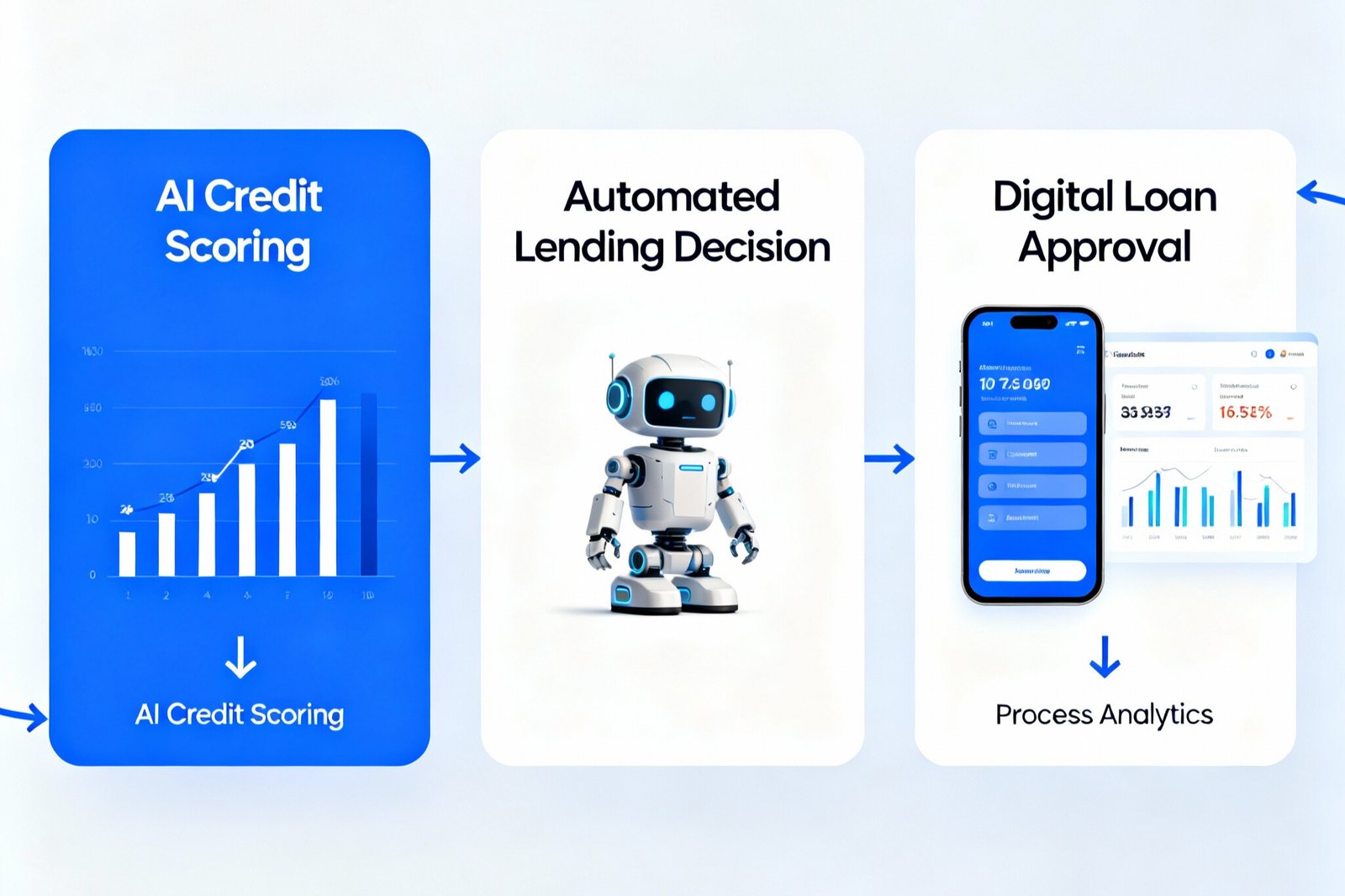

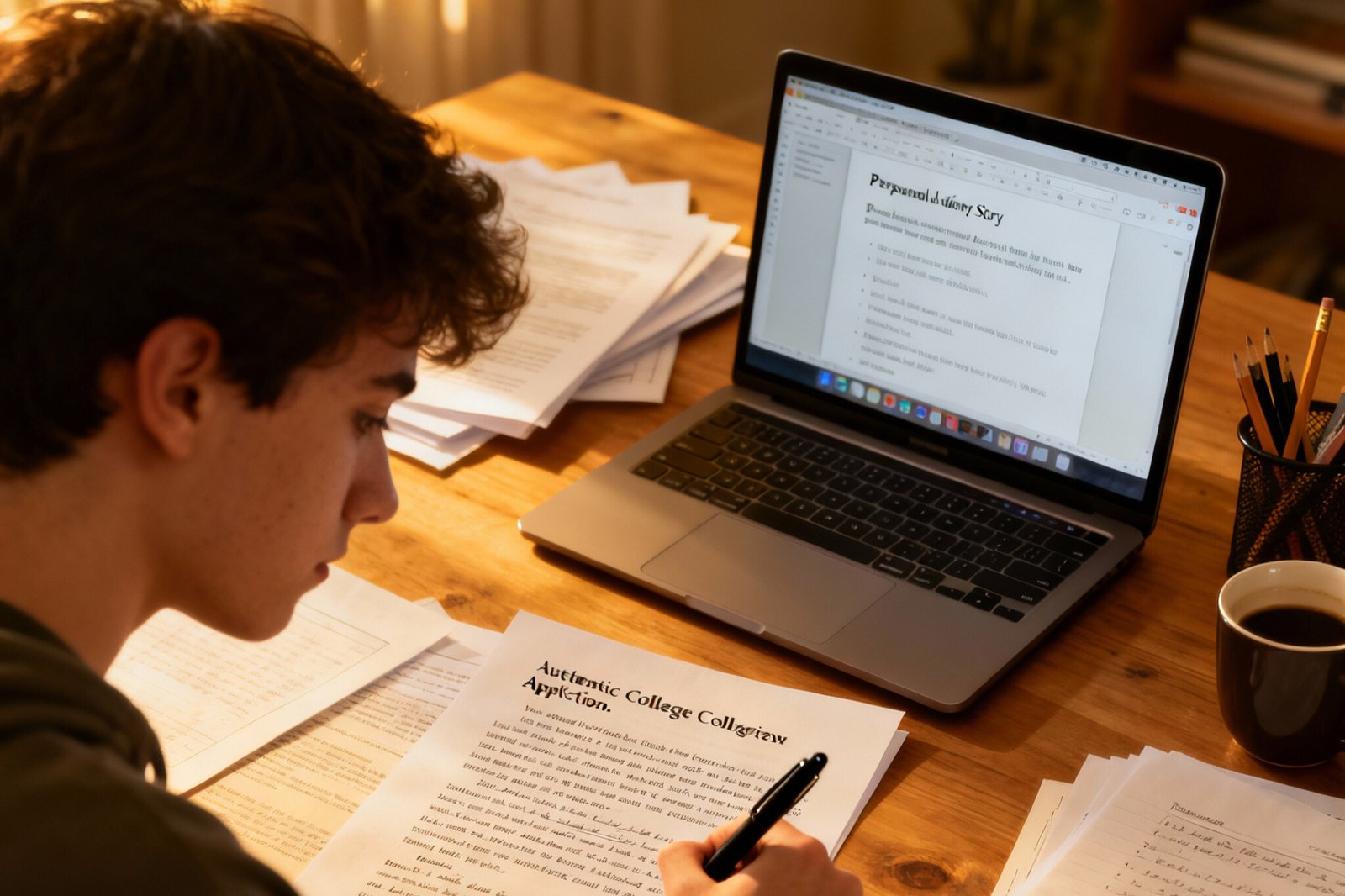

Leave a Reply